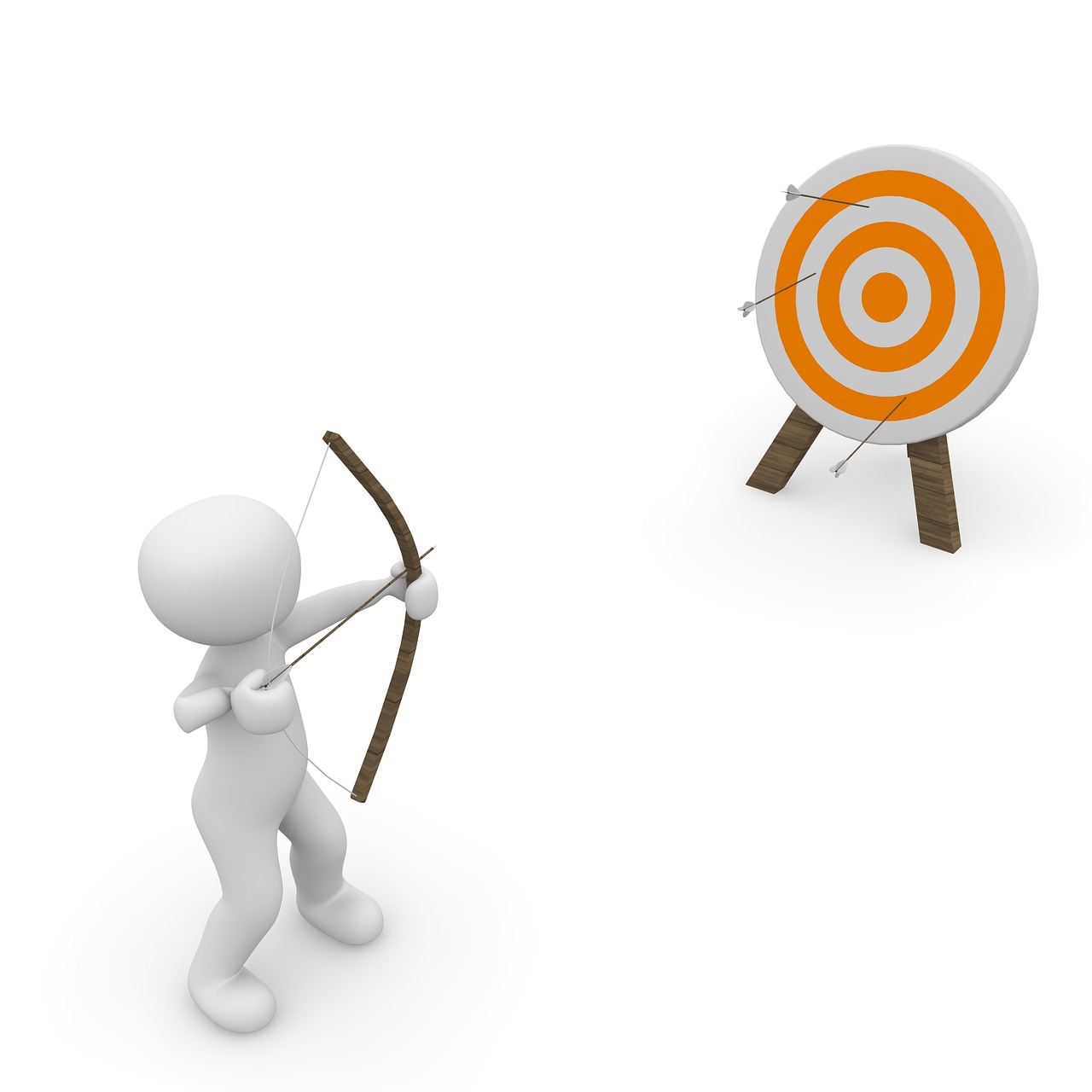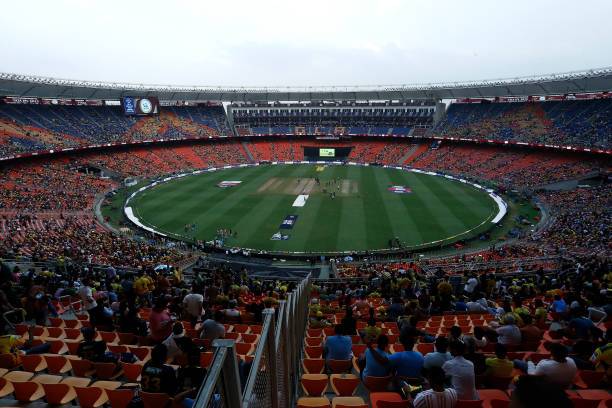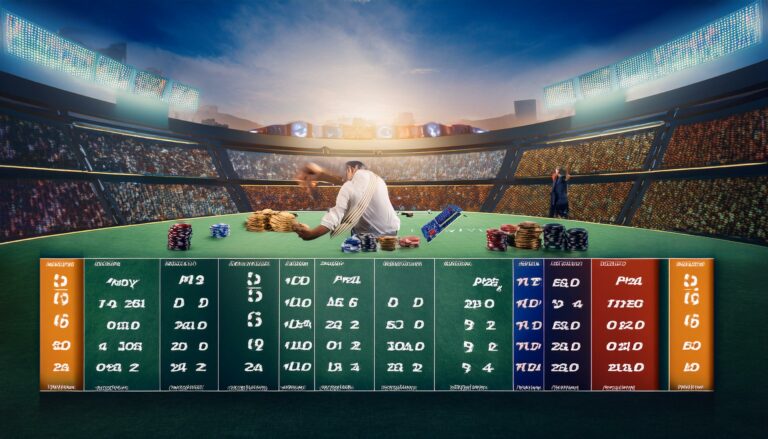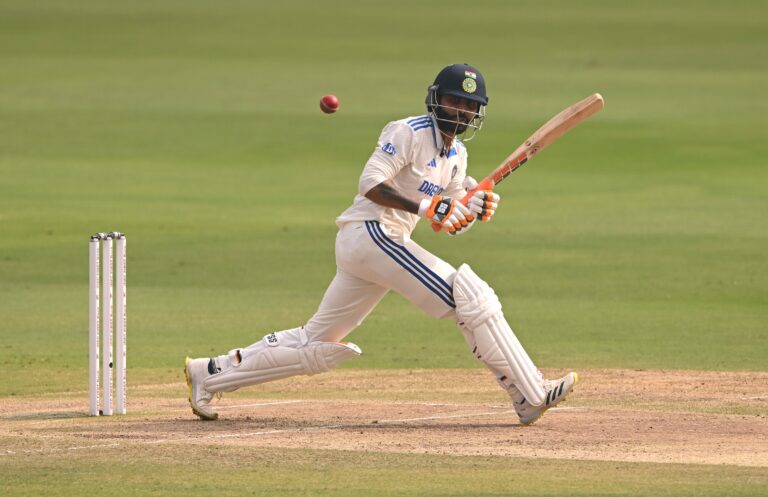Exploring the Science of Cricket Ball Manufacturing
Apbook, Apbook:Cricket balls have a long and storied history that dates back to the 16th century. The process of crafting these vital components of the sport has evolved significantly over the centuries. Initially made from cork wrapped in twine and leather, cricket balls have seen various modifications through the years to enhance their durability and performance on the pitch.
In the 18th century, the introduction of cricket ball manufacturing machines revolutionized the industry, allowing for more consistent and precise production. The standardization of cricket ball size and weight further solidified the rules of the game and ensured a fair playing field for all participants. Today, cricket balls are meticulously crafted using specialized techniques and materials to meet the rigorous demands of professional cricket matches.
Cricket balls have a long history dating back to the 16th century
Initially made from cork wrapped in twine and leather
Evolution of crafting process over the centuries for enhanced durability and performance on the pitch
Introduction of cricket ball manufacturing machines in the 18th century revolutionized the industry
Standardization of size and weight solidified rules of the game
Today, cricket balls are meticulously crafted using specialized techniques and materials for professional matches
The Materials Used in Cricket Ball Production
When it comes to the materials used in cricket ball production, the key component is the core. Traditionally, cricket balls were made with a cork core that was layered with tightly wound string. This provided the ball with its solid and resilient center, essential for maintaining its shape and bounce during play.
The outer layer of the cricket ball, known as the casing, is typically made from high-quality leather. The leather casing is stitched together with a specific thread to ensure durability and longevity of the ball. The smooth surface of the leather is crucial for enhancing bowlers’ grip and enabling swing and spin movements on the cricket pitch.
The Importance of Weight and Size in Cricket Ball Manufacturing
In the world of cricket, the weight and size of a cricket ball play a crucial role in ensuring fair and competitive gameplay. The weight of a cricket ball is standardized at approximately 155.9 to 163 grams, with any deviation impacting the bounce and swing of the ball. Similarly, the size of a cricket ball must adhere to specific dimensions, typically ranging from 22.4 to 22.9 centimeters in circumference. These strict guidelines are enforced to maintain consistency and uphold the integrity of the game.
Manufacturers meticulously craft cricket balls to meet these precise weight and size requirements using high-quality materials such as cork, twine, and leather. The composition and construction of the ball are essential in achieving the ideal weight and size, which directly influence its performance on the pitch. Even slight variations in weight or size can affect how the ball behaves when bowled, altering its trajectory and bounce unpredictably. As such, the importance of adhering to these standards cannot be overstated in the manufacturing process of cricket balls.
What are the traditional materials used in cricket ball production?
The traditional materials used in cricket ball manufacturing are cork, string, and leather.
Why is weight and size important in cricket ball manufacturing?
Weight and size are important in cricket ball manufacturing as they affect the performance of the ball, including its bounce, swing, and spin.
How do manufacturers ensure consistency in weight and size of cricket balls?
Manufacturers use precise measurements and quality control processes to ensure consistency in weight and size of cricket balls.
How has the manufacturing process of cricket balls evolved over time?
The manufacturing process of cricket balls has evolved with advancements in technology, allowing for more precise and consistent production.
Are there regulations governing the weight and size of cricket balls?
Yes, the International Cricket Council (ICC) has specific regulations governing the weight and size of cricket balls to ensure fairness and consistency in the game.






